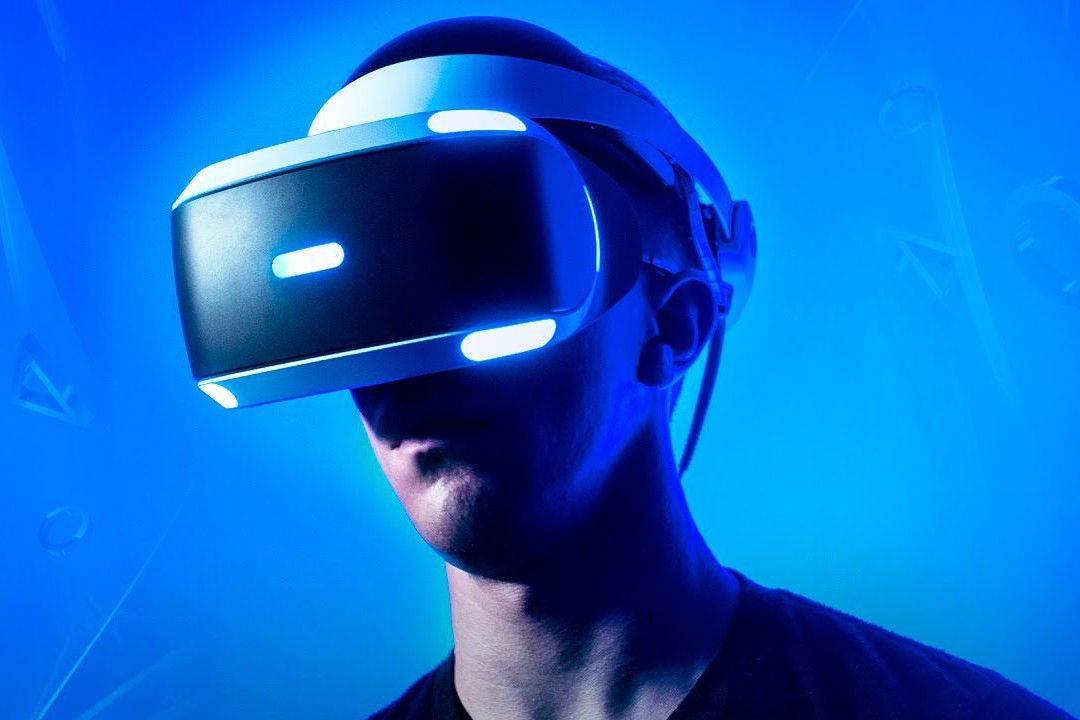
Virtual reality in the treatment of anxiety: a pilot study
At the beginning of 2022, a pilot study was conducted and published in the Journal of Primary Care and Community Health on 2 April, which investigated the effects, and differences, in the use of video and virtual reality devices in the treatment of anxiety
As the authors pointed out, up to 33.7 per cent of the population suffers or will suffer from anxiety disorders during their lifetime, and it is not surprising that those most affected are healthcare workers
Anxiety is often associated with feeling overwhelmed and has an impact on the brain: when the brain is stressed, thinking is also affected as anxiety can affect attention, making it difficult to concentrate.
This happens because the circuits that process anxiety communicate with the circuits that are responsible for focused attention.
Researchers at the Mayo Clinic, led by Dr. Ivana Croghan, used videos on monitors or virtual reality (VR) viewers designed to work on focused attention and relaxation.
They found that anxiety symptoms related to these two dimensions improved after only 10 minutes of exposure to a relaxing natural scenario
The study participants enjoyed the VR experiences so much that 96 per cent would recommend it and 23 out of 24 participants had a relaxing and positive experience.
In the calming experimental scenario, participants walk through woods looking at the landscape and are guided by a narrator who encourages them to breathe, notice animals and look at the sky. In the one designed to improve focused attention, participants focus on fireflies and fish as they climb a mountain, again guided by a narrator.
Observing nature can have positive effects on brain and autonomic functioning.
It is a form of positive distraction and, when you are stuck at home or feel restricted in your movements or psychologically tense, the sensation of moving around in VR can provide a much-needed therapeutic benefit.
This also applies to work contexts.
VR offers a feeling of immersion and makes people participate in a different way, engaging the brain in creating environmental mental models that do not correspond to watching a video or photograph.
These immersive experiences were thus found to significantly improve patients’ anxiety states, emotional distress and concentration.
Participants in this study, in greater numbers healthcare workers engaged during the COVID-19 pandemic, showed a greater reduction in anxiety during VR experiences, compared to video experiences.
This is a pilot study and provided preliminary results, but, in the words of the authors, these results provide “much promise” for the future.
References
- Croghan IT, Hurt RT, Aakre CA, Fokken SC, Fischer KM, Lindeen SA, Schroeder DR, Ganesh R, Ghosh K, Bauer BA. Virtual Reality for Health Care Professionals During a Pandemic: A Pilot Program. (2022) J Prim Care Community Health.
- Vujanovic AA, Lebeaut A, Leonard S. Exploring the impact of the COVID-19 pandemic on the mental health of first responders. Cogn Behav Ther. 2021
- The Lancet Global Health. Mental health matters. Lancet Glob Health. 2020
Read Also:
Emergency Live Even More…Live: Download The New Free App Of Your Newspaper For IOS And Android
Panic Attack: What It Is And What The Symptoms Are
Hypochondria: When Medical Anxiety Goes Too Far
Defusing Among First Responders: How To Manage The Sense Of Guilt?
Temporal And Spatial Disorientation: What It Means And What Pathologies It Is Associated With
The Panic Attack And Its Characteristics
Eco-Anxiety: The Effects Of Climate Change On Mental Health
Anxiety: A Feeling Of Nervousness, Worry Or Restlessness
Pathological Anxiety And Panic Attacks: A Common Disorder
Anxiolytics And Sedatives: Role, Function And Management With Intubation And Mechanical Ventilation
Social Anxiety: What It Is And When It Can Become A Disorder


